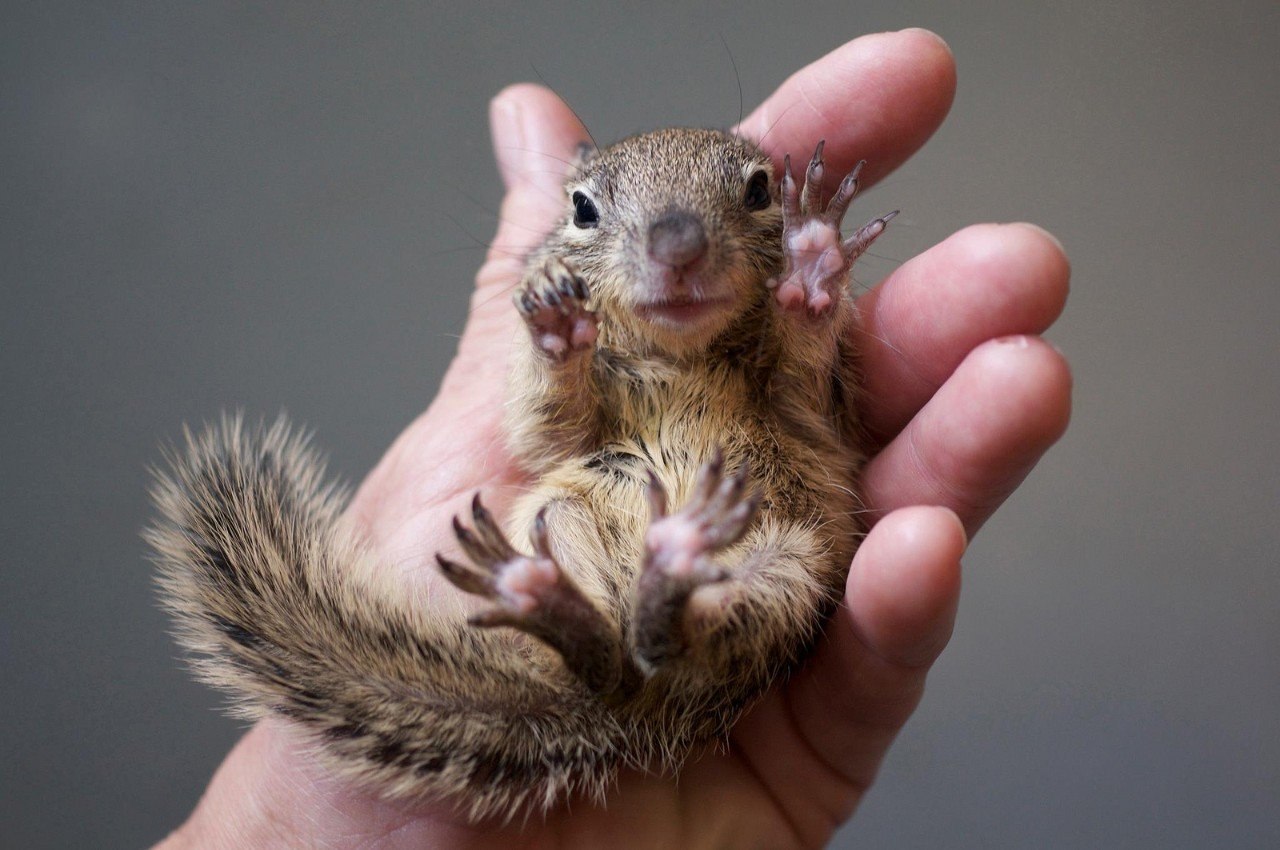
Caring for a Baby Squirrel: A Comprehensive Guide
Introduction
Baby squirrels, with their wide eyes and helpless demeanor, can evoke an irresistible urge to provide care and protection. However, taking on the responsibility of caring for a baby squirrel is not a decision to be made lightly. It requires a significant commitment of time, resources, and knowledge. This comprehensive guide will provide you with the essential information you need to know about caring for a baby squirrel, from feeding and housing to socialization and release.
Is It Legal to Care for a Baby Squirrel?
Before you embark on the journey of caring for a baby squirrel, it is crucial to check the legality of doing so in your area. In many states and countries, it is illegal to possess or care for wildlife without a permit. Contact your local wildlife rehabilitation center or animal control agency to inquire about the legal requirements in your jurisdiction.
Assessing the Situation
If you find a baby squirrel, the first step is to assess the situation. Is the squirrel injured? Is it orphaned? If the squirrel is injured, contact a wildlife rehabilitator immediately. If the squirrel is orphaned, you may need to provide temporary care until it can be reunited with its mother or placed in a rehabilitation center.
Determining the Age of the Squirrel
The age of the squirrel will determine its care requirements. Baby squirrels can be classified into three main age groups:
- Neonates: These are newborn squirrels that are completely dependent on their mother for food and care. They are typically hairless and have their eyes closed.
- Pinkies: These are squirrels that are a few weeks old. They have opened their eyes and have a thin layer of fur. They are still dependent on their mother for food but can start to eat solid foods.
- Juveniles: These are squirrels that are several weeks old. They have a full coat of fur and are starting to become independent. They can eat solid foods and are learning to climb and explore.
Feeding a Baby Squirrel
Feeding a baby squirrel is one of the most important aspects of its care. The type of food and feeding schedule will vary depending on the age of the squirrel.
- Neonates: Neonates should be fed a special formula designed for baby squirrels. This formula can be purchased from a pet store or wildlife rehabilitation center. Feed the squirrel every 2-3 hours using a syringe or dropper.
- Pinkies: Pinkies can start to eat solid foods in addition to formula. Offer them a variety of soft foods, such as cooked oatmeal, mashed sweet potatoes, and chopped nuts. Continue to feed the squirrel every 2-3 hours.
- Juveniles: Juveniles can eat a variety of solid foods, including fruits, vegetables, nuts, and seeds. Offer them a balanced diet that includes all the nutrients they need.
Housing a Baby Squirrel
Baby squirrels need a warm and safe place to live. The type of housing will vary depending on the age of the squirrel.
- Neonates: Neonates should be kept in a small, enclosed space, such as a shoebox or plastic container. Line the box with soft material, such as a towel or fleece blanket.
- Pinkies: Pinkies can be kept in a slightly larger enclosure, such as a small cage or aquarium. Provide them with a nest box lined with soft material.
- Juveniles: Juveniles can be kept in a larger cage or enclosure. Provide them with plenty of space to climb and explore.
Socialization
Baby squirrels need to be socialized in order to develop properly. This means interacting with them regularly and providing them with opportunities to learn about their environment.
- Neonates: Neonates do not require much socialization. Simply handle them gently and talk to them softly.
- Pinkies: Pinkies can start to interact with their surroundings. Provide them with toys and objects to explore.
- Juveniles: Juveniles need regular socialization. Take them outside in a safe area and let them explore. Supervise them closely and provide them with opportunities to interact with other squirrels.
Release
The ultimate goal of caring for a baby squirrel is to release it back into the wild. This is a complex process that should be done carefully and gradually.
- Neonates: Neonates should not be released until they are at least 8 weeks old.
- Pinkies: Pinkies can be released when they are 10-12 weeks old.
- Juveniles: Juveniles can be released when they are 12-16 weeks old.
Before releasing the squirrel, make sure it is healthy and has the skills it needs to survive in the wild. Consult with a wildlife rehabilitator for guidance on the release process.
Conclusion
Caring for a baby squirrel is a rewarding but challenging experience. It requires a significant commitment of time, resources, and knowledge. By following the guidelines outlined in this guide, you can provide the best possible care for your baby squirrel and help it thrive in the wild.
